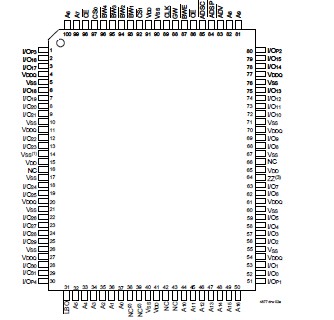IDT71V2577: Features: ·128K x 36, 256K x 18 memory configurations·Supports fast access times: Commercial: -C7.5ns up to 117MHz clock frequenc Commercial and Industrial: -C8.0ns up to 100MHz clock frequenc -C8.5...
floor Price/Ceiling Price
- Part Number:
- IDT71V2577
- Supply Ability:
- 5000
Price Break
- Qty
- 1~5000
- Unit Price
- Negotiable
- Processing time
- 15 Days
SeekIC Buyer Protection PLUS - newly updated for 2013!
- Escrow Protection.
- Guaranteed refunds.
- Secure payments.
- Learn more >>
Month Sales
268 Transactions
Payment Methods
All payment methods are secure and covered by SeekIC Buyer Protection PLUS.

 IDT71V2577 Data Sheet
IDT71V2577 Data Sheet






